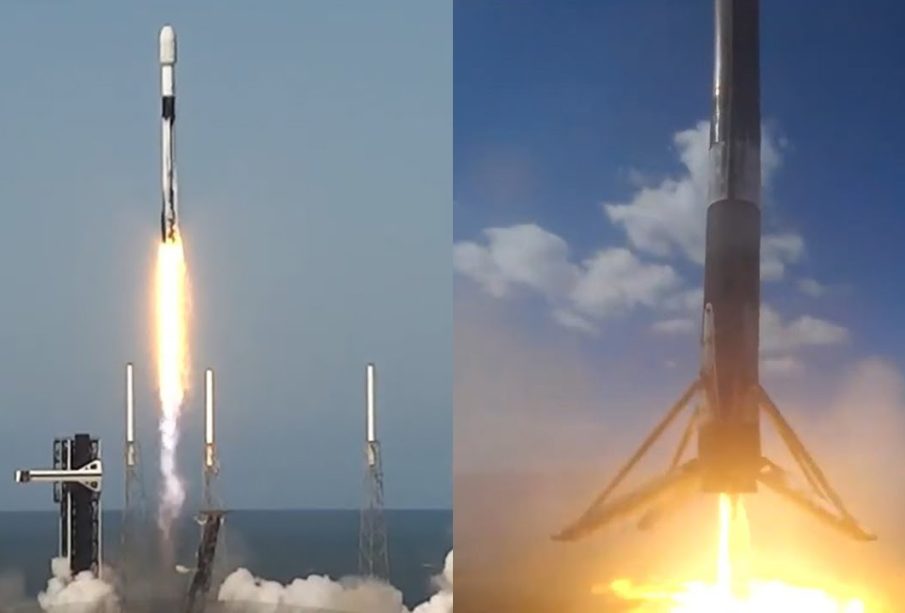Starlink: Revolutionizing Global Internet Access

Introduction
As internet connectivity remains a crucial aspect of modern life, Starlink, a satellite internet constellation being developed by SpaceX, has emerged as a game-changer. With millions of people around the world still lacking reliable internet access, Starlink’s innovative technology promises to bridge the digital divide. This initiative not only aims to provide high-speed internet to underserved communities but also has far-reaching implications for education, healthcare, and economic development globally.
What is Starlink?
Starlink is a satellite internet constellation that uses a network of low Earth orbit (LEO) satellites to deliver internet service. Launched by Elon Musk’s SpaceX, the system has completed the deployment of thousands of small satellites, providing coverage to various regions across the globe. As of October 2023, Starlink has over 1 million active subscribers, making it one of the largest satellite internet providers in the world.
Current Developments
Recently, Starlink made headlines when it announced plans to expand its services to Canada’s remote and rural areas, where traditional internet infrastructures have been slow to develop. The Canadian government’s push for improved internet access, particularly amidst the challenges posed by the COVID-19 pandemic, aligns with Starlink’s mission. As part of this expansion, Starlink plans to install ground stations across Canada to enhance connectivity and reliability.
Moreover, the company has been improving its services by increasing satellite launch frequencies and upgrading its technology. In September 2023, SpaceX successfully launched 60 additional satellites, bringing the total count to over 3,000 active satellites. This expansion not only enhances coverage but also improves internet speeds and reduces latency for users.
Challenges and Considerations
Despite its promising technology, Starlink faces several challenges. One significant concern is the potential for increased space debris due to its satellite launches, which could impact other space missions and environmental considerations. Additionally, as competition in the satellite internet sector grows, Starlink must continually innovate to maintain its leading position.
Conclusion
Starlink presents a transformative solution for global internet connectivity, particularly in underserved areas. With its innovative approach and continuing expansion, it has the potential to revolutionize how people access the internet, enhancing education and economic opportunities worldwide. As the service evolves, readers should keep an eye on Starlink’s developments, as they could significantly influence the future of global communication and technology.









